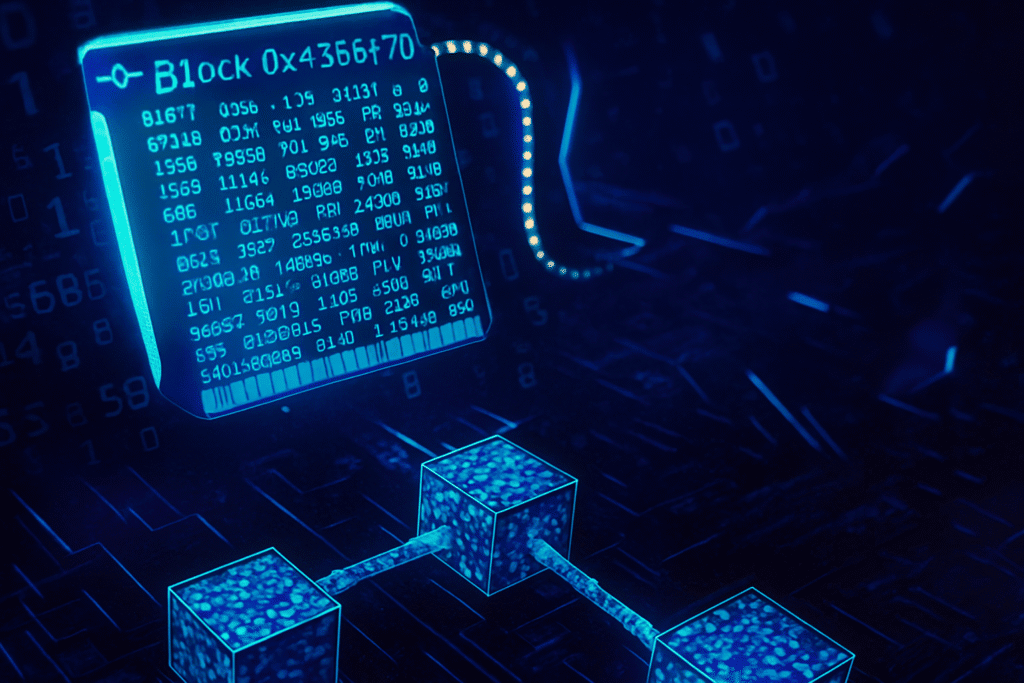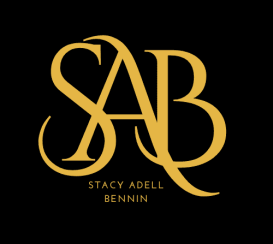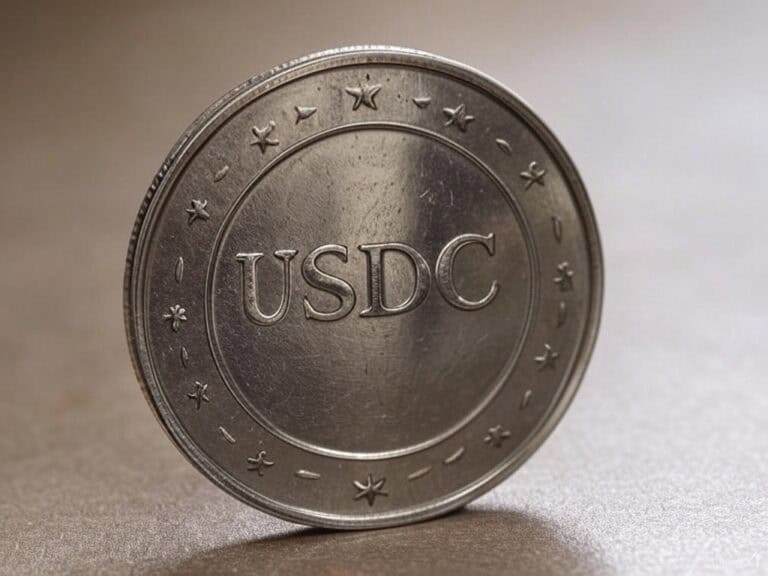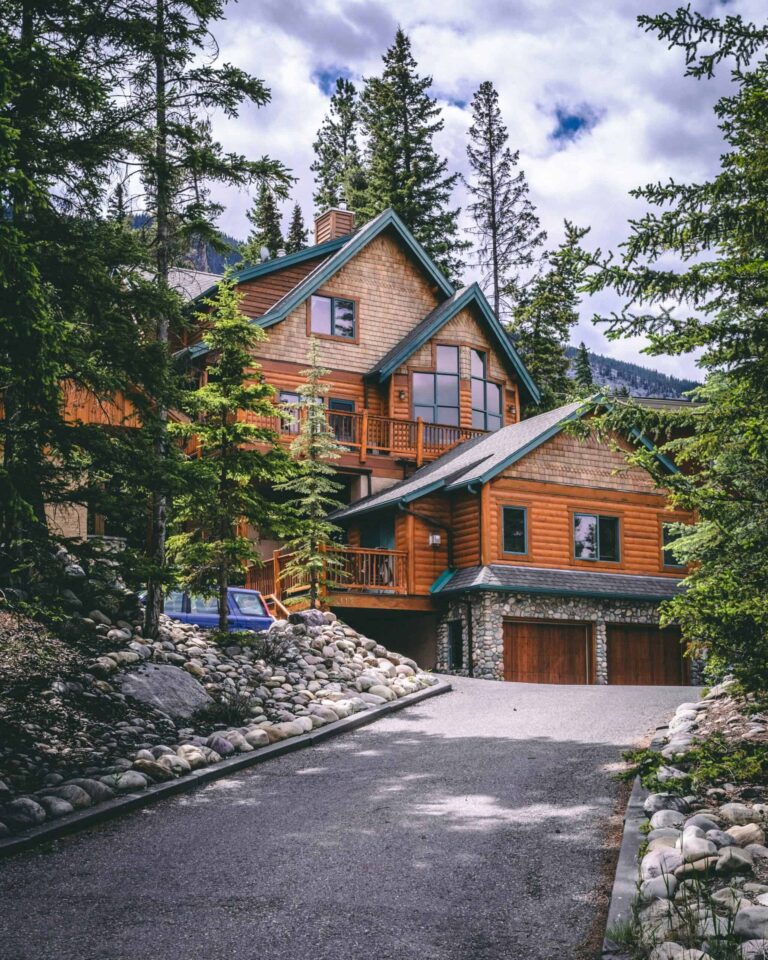What Exactly Is Blockchain? Why It Matters for the Future of Real Estate


If you have been hearing the word “blockchain” more often lately and are wondering what it actually means or how it could affect your future you are not alone. For many people, the concept feels abstract or technical and totally overwhelming, especially when you combine it with the fact that we are simultaneously trying to process how to adapt to artificial intelligence. These technologies are both exciting and intimidating, but we will serve our families and communities well by taking the time to understand, and potentially help steer their development.
At its core, blockchain is a powerful tool for creating trust in a digital world. And in an industry like real estate, where trust, verification, and transparency are everything, it could solve some very real problems. Some blockchains are open for everyone to see, while others used in real estate might limit access to protect private details, like your home’s ownership records, while still ensuring trust. Blockchain won’t change real estate overnight, but it is already starting to make deals faster, less expensive, and more in places like Florida, Arizona, and Colorado.
In this post, I will do my best to explain what a blockchain is, how it works, why it is secure, and what it means for the future of property ownership and investment. I am not claiming to be an expert on this subject but I have spent a great deal of time learning about it and have received related certifications.
What Is a Blockchain?
At its simplest, a blockchain is a type of database. But unlike traditional databases, where information is stored in one central place, a blockchain distributes information across a network of computers known as “nodes.” It is decentralized ( it has no central authority – rather it is run by its own interconnected network). It can be varying degrees of transparent, and secured through a system of cryptographic checks that make it nearly impossible to alter retroactively once something has been recorded. It also runs on rules and not necessarily “experts” making decisions.
You can think of a blockchain as a public record book. Each page in the book is a “block,” and each block records a group of transactions. These blocks are connected to one another in a chain, forming a permanent timeline of activity. Once something is written, it cannot be erased or changed without everyone else seeing, or, rejecting it if it is invalid.
What Is Inside a Block?
Each block contains three key components:
- Transaction data – such as who sent what to whom, how much, and when. As it relates to real estate this could include all documents related to the ownership of the home including due diligence documents and records of improvement and repair – and you can choose to make this information private.
- A unique hash – this is like a fingerprint for the block. It ensures that the contents of the block are original and have not been tampered with. Each block carries the hash of the block before it.
- The hash of the previous block – this is what links blocks together. It also makes it impossible to alter a single block without changing every block after it.
This is where the power of blockchain lies: it is not just storing data. It is continuously verifying and securing data in a way that builds a transparent chain of truth. Many people become alarmed at the word “transparency” but in many cases this can be some sort of identifier related to your digital wallet, not your actual name.
Why Is Blockchain So Secure?
Blockchain uses several layers of protection. One is the cryptographic hash function mentioned above. If a hacker tries to alter a block, even slightly, the hash changes completely. That change breaks the connection with the next block, and would make the whole chain invalid. Therefore, this change can be rejected by the system and the change is unable to be made. This is fraud prevention at its finest.
But even if someone could hypothetically try to rewrite multiple blocks, they would still hit another wall because of something called a consensus mechanism. This is a process that requires computers involved in the network to solve complex mathematical problems in order to create new blocks. It takes time and depending on the type of consensus mechanism… and a degree of computational energy – how much depends on the type. Rewriting a chain would mean redoing all of that work faster than the rest of the network can keep up with, which is practically impossible.
Finally, blockchain runs on a peer-to-peer network. That means thousands of computers (called nodes) all share the same version of the chain. If someone tries to submit a tampered version, the other nodes will see the discrepancy and reject it. 51% consensus is required to accept any new information. So basically a hacker would have to consistently hack 51% of the network to be successful.
Blockchain’s security is like a shared, tamper-proof notebook passed around a trusted group. Everyone in the group has an identical copy of the notebook, and each page records property deals with a special lock only math can open. To change a past deal, a hacker would need to rewrite every copy of the notebook at the same time—across thousands of people—without anyone noticing. This keeps your real estate records safe and trustworthy.
What Can Blockchain Be Used For?
While blockchain was first introduced through Bitcoin, the technology can be used for far more than just digital currency. It basically transfers value like the internet transfers information. It can secure contracts, ownership records, payments, intellectual property, assets and fractions of assets (Tokenization and Fractionalization) any data that needs to be verified and trusted, in the future this could even include your identity.
This includes securing your real estate.
Why Blockchain Matters in Real Estate
Real estate is built on layers of documentation, trust, and verification. It also has long-standing issues: it requires you to trust fallible humans, it has opaque processes, high transaction costs, it requires measures for you to be protected from fraud, and it causes the financial bar for investment to be so high it creates a lack of access for many could-be investors. Blockchain offers solutions to these problems.
Imagine owning a piece of a skyscraper, or a home or business, for just $100, just like buying shares in a company or crowdfunding a project.
Here are just a few ways it changes things:
Transparency and Traceability
In traditional real estate, property records are stored by counties or title companies. These systems can be manipulated, lost, or incorrectly recorded. Blockchain stores ownership records in a way that is permanent, transparent, and time-stamped. Anyone can verify the history of a property. Fraud becomes much harder to commit.
Reduced Intermediary Fees
Buying property often involves lawyers, escrow agents, notaries, and brokers, all of whom take a fee. Blockchain can automate parts of this process using smart contracts which are self-executing agreements with terms written into code. These contracts can release payments, verify ownership, and transfer deeds when conditions are met, cutting down on cost and time.
Liquidity and Speed
Property is traditionally an illiquid asset. Selling it takes time, effort, and a lot of paperwork. With tokenization, where real estate is divided into digital tokens, properties could be traded in smaller shares, similar to stocks. This opens up new ways for investors to access and exit property markets faster and with less friction.
Lower Barriers to Entry
Real estate investing often requires a high down payment and accreditation. Through blockchain, a property could be split into multiple tokens that represent fractional ownership. That means someone could invest in part of a property with $1,000 instead of $100,000. It democratizes access to an asset class that has historically been reserved for the wealthy.
Efficiency and Automation
Blockchain can streamline recurring payments like rent, distribute dividends from investment properties, and verify documents instantly. Processes that normally take days or weeks can be completed in minutes. And because everything is recorded on the chain, auditing becomes faster and more accurate.
So Will Realtors Be Replaced?
I don’t think so but they might be reduced. I think role of a real estate professional will evolve but that is just my opinion. Just like we use electronic signatures and virtual tours today, we will eventually use blockchain to verify titles, settle payments, and manage investment shares. Agents who learn and adopt these tools early will be far more equipped to help their clients navigate the changing landscape.
Closing Thought
Blockchain is not just a technology. It is a shift in how we handle trust. And in an industry where trust is everything, that shift matters.
While blockchain is still new and faces legal hurdles, it’s already being tested in places like Florida, Colorado, Arizona, Sweden and across the world, and it could make real estate faster, fairer, and more accessible. Bitcoin, the first blockchain, proved this technology works, and now real estate is building on that foundation. In the future, we will not rely solely on paper contracts or institutional gatekeepers. We will use verifiable records that live on networks designed for integrity. And when that time comes, those who understand the system will be ready not only to protect what they own, but to unlock new possibilities in how we buy, sell, and invest in property.
If you want to stay ahead of that curve, I would love to join you.







